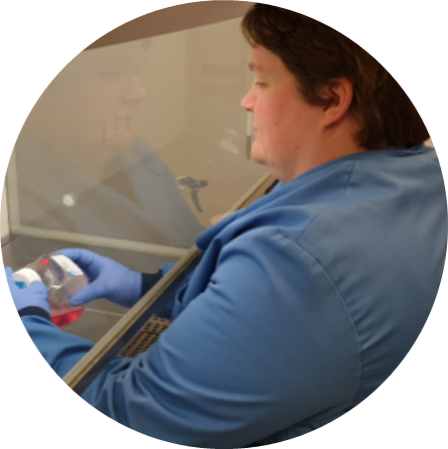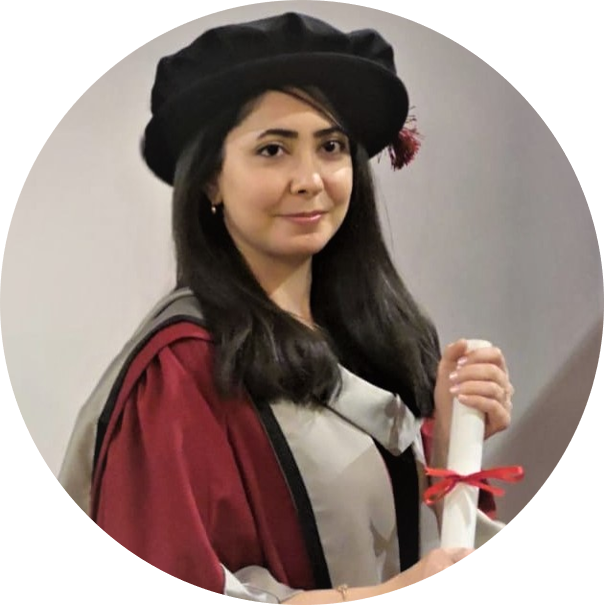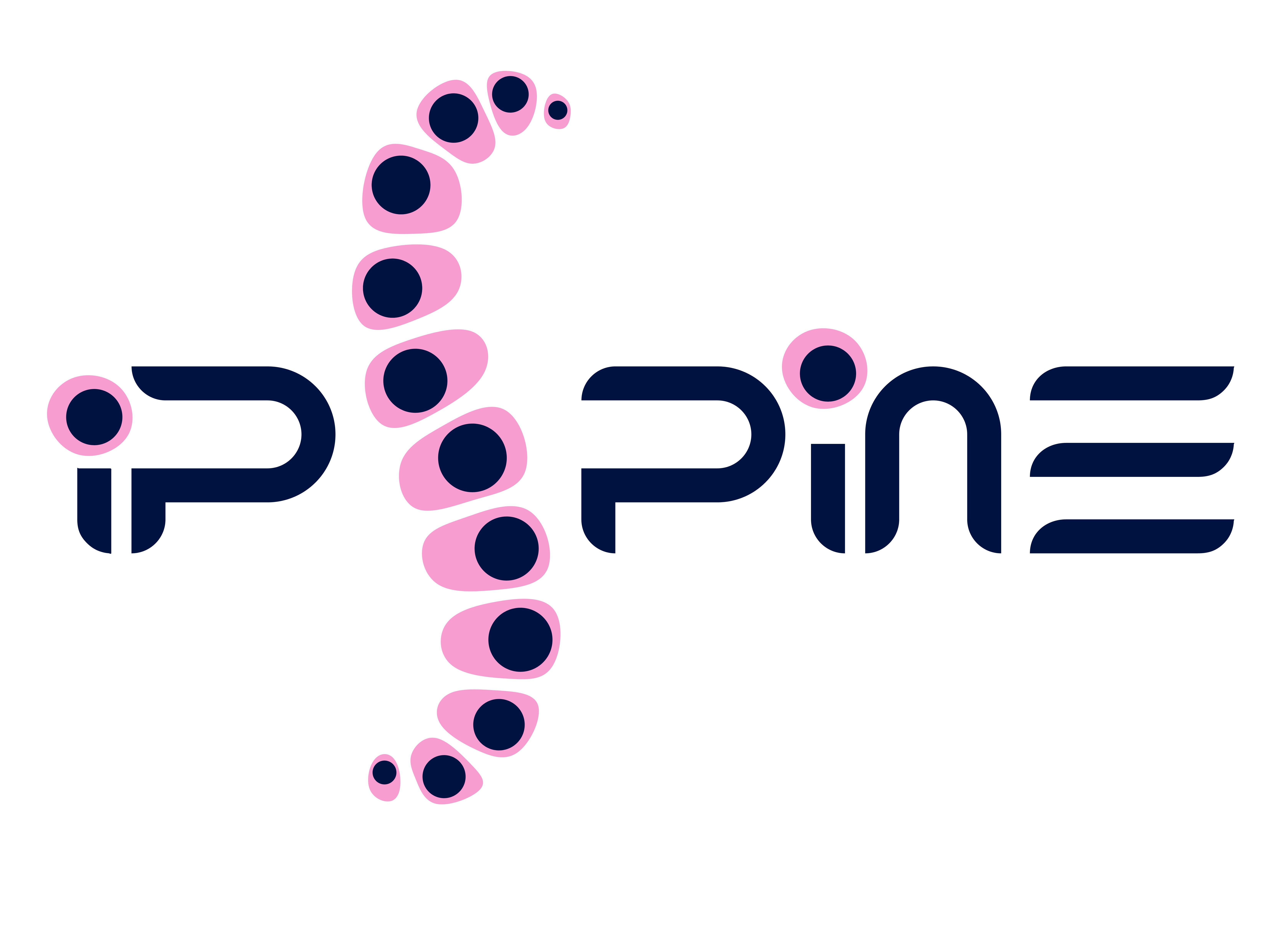


Sheffield Hallam Univeristy
With nearly 20 years of experience in researching the pathogenesis of disc degeneration. We have characterised the changes which occur during disc degeneration in the cells of the diseased disc. The advanced cell therapy developed in iPSpine (iPS-NLCs) is intended to inhibit important features of disc degeneration, and as such prevent further degeneration and even promote regeneration. Therefore, one of our major roles in the project is to develop a system within the laboratory where we can mimic the environment of the degenerative disc. Together with human disc cells derived from degenerative discs we could therefore determine the potential behaviour after the injection into the disc and identify what needs to be finetuned for ideal performance of the iPS-NLCs.
Smart biomaterials facilitate cells to survive and thrive in the degenerated environment. Within this context, for the past 10 years here in Sheffield we have developed an injectable gel, together with Professor Chris Sammon. We have shown that this gel system can inhibit factors seen in disc degeneration, mimic the mechanical behaviour of the disc, and program stem cells into disc cells. This hydrogel is one of the biomaterials under investigation within iPSpine.
To see more details about Sheffield Hallam University click here.

Christine Le Maitre
Professor
Very exciting! The funding gives us a fantastic opportunity to work on a large program for a 5-year period. This really generates a great momentum to make progress towards a new therapy for low back pain.
This project brings together such a diverse range of expertise from scientists, bioengineers, material scientists to ethical advisors, regulatory experts and essentially patient advisors and clinicians. This is the first time I have been involved in such a consortium and really gives us the opportunity to develop a new therapy.

Rebecca Williams
PhD Student
As a first year PhD student I feel excited and overwhelmed with the opportunity to work on this multidisciplinary project and to collaborate with other universities all over europe. All which will contribute to creating a well rounded PhD student; but will also help me understand all disciplines involved in the field of regenerative medicine, which will no doubt enrich my career prospects.
The unique opportunity to collborate with partners that are specialist in different disiplines.

Ronak Janani
Researcher
As an early career researcher, I feel very excited to be part of a project of this scale. Being a member of a team of experts gives me the confidence that we will have a great impact in the field of disc degeneration. Working with and learning from the experts in the field and being able to expand my network internationally are some of the key bonuses I’ll take away from this project.
This project brought together experts from academia, medicine and industry to make sure we are workng towards a novel treatment for lower back pain that meets all the medical and ethical requirements.

